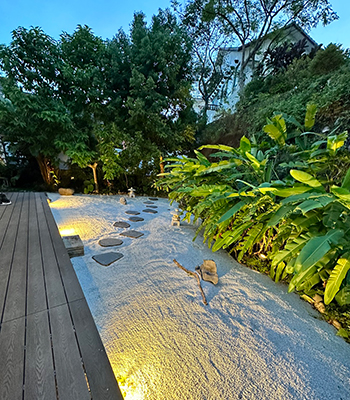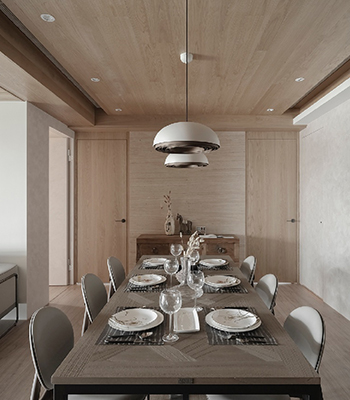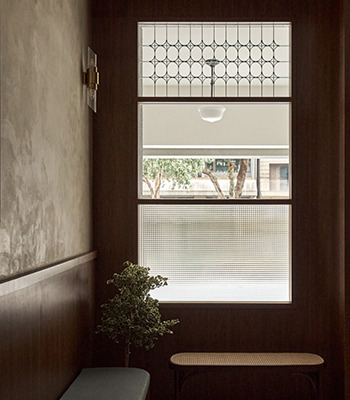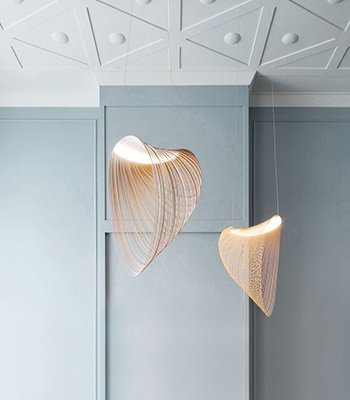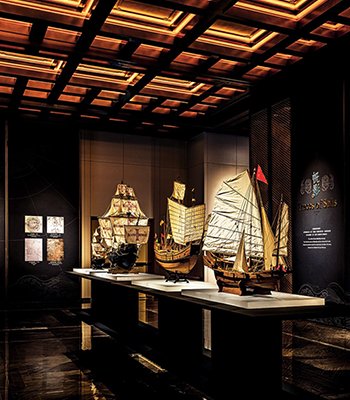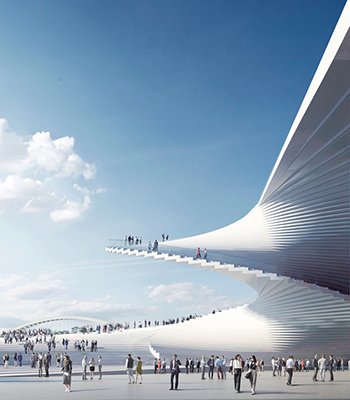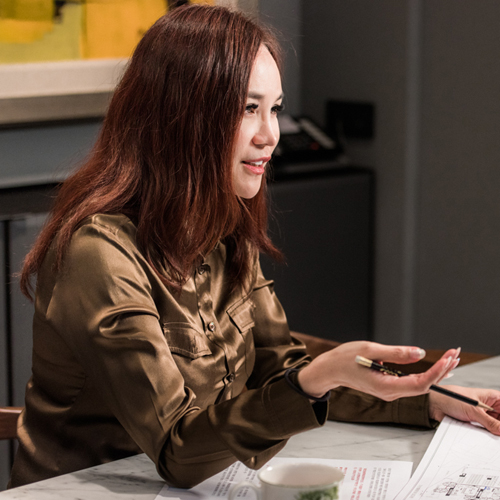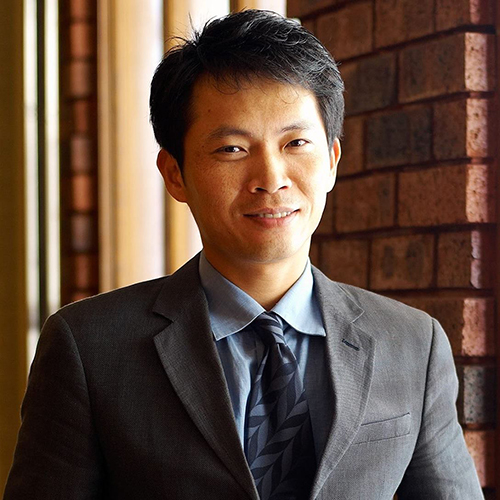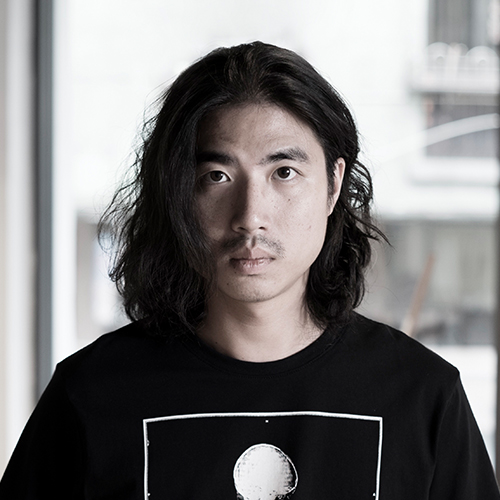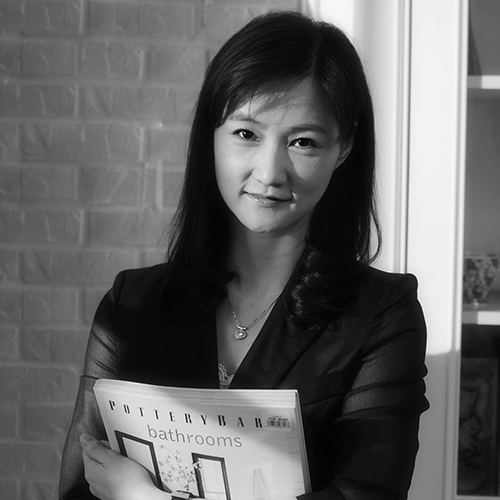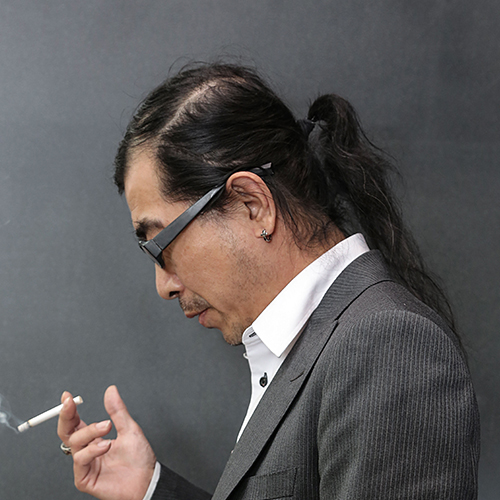
深入荒蕪,探索生命——智利《阿塔卡馬沙漠自然研究院》
由智利建築師Emilio Marín和Juan Carlos López共同設計的《阿塔卡馬沙漠自然研究院Center of Interpretation of the Desert》座落於南美洲智利的阿塔卡馬沙漠之中,作爲公共使用的研究用途。
Designed as a research building for public use, Emilio Marín and Juan Carlos López’s Center of Interpretation of the Desert is located in Chile’s Atacama Desert.


本計劃始於2013年,目的是為了探究當代建築與地景之間的關係,並為後續調查打下基礎。位於智利北邊城鎮San Pedro de Atacama與Ayquina之間的阿塔卡馬沙漠之中,該區被公認為世界上最乾燥的地區,這座建築物被用於探索該環境的自然與文化遺產。
In 2013, the C.I.D. project was established to provide a base for investigations into the contemporary relationship between architecture and the landscape. Situated between San Pedro de Atacama and Ayquina, in a region recognized as the world’s driest desert, the building was created to explore the nature and culture of the environment.


六座被耐候鋼所包覆的建物集合而成,他們的外觀將隨時間推移逐漸氧化,變成鐵鏽的顏色。每一座建築展示了對於周圍環境不同的觀察角度,其中,甚至能看到遙遠的安地斯火山群。
A clustered configuration of six volumes are covered with a corten steel exterior, which over the years will weather to an appearance of rust. Each division presents a different view of the surrounding landscape, including the distant Andes volcanoes.


這個景點包含了一座天文台、研究實驗室,以及一個中央花園。該花園位於六座建物集合的中心,免於沙漠中強風的吹拂,因此研究人員可在此建立起一個完整的生態系統,並觀察該氣候帶的植被生長狀況。
The site includes an observatory, research labs and a central patio area that is shielded from the wind in order to be used as a small oasis, with its own ecosystem and vegetation.




Images: Pablo Casals Aguirre and Felipe Fontecilla
WORDS: Brit Seaton
Source: Ignant

